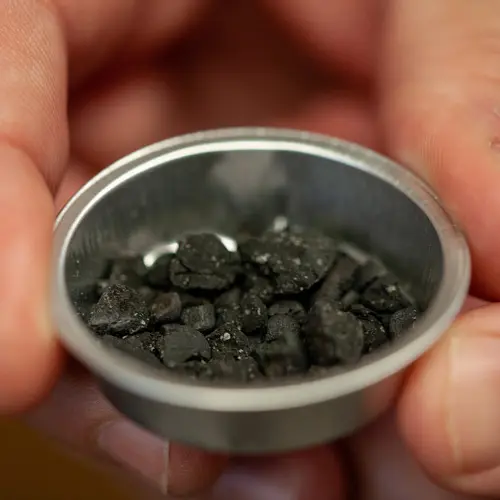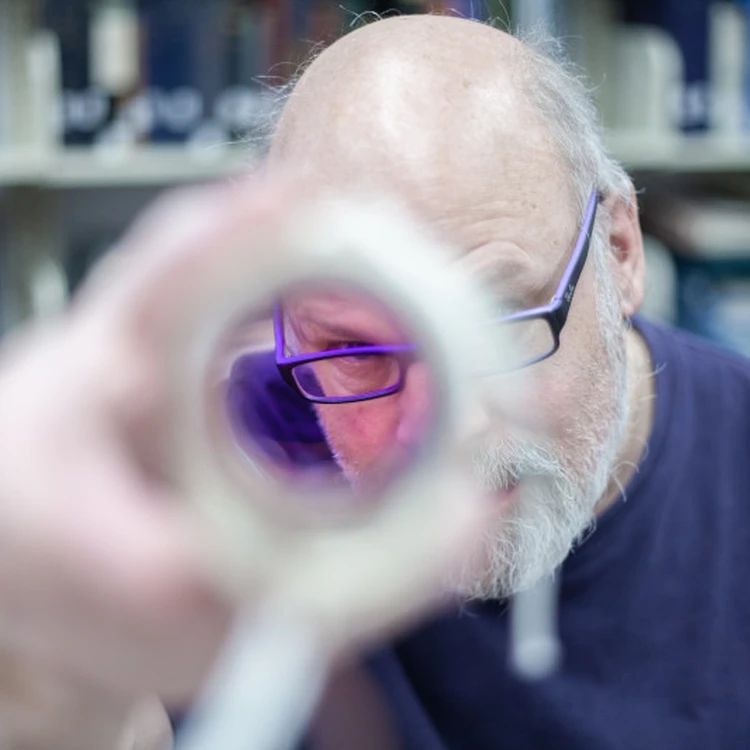Related Divisions
Drawing on more than a century of science, our multidisciplinary department discovers exoplanets, creates new materials, illuminates Earth's inner workings, and seeks to better understand the universe that is our home.
Earth & Planets LaboratoryFrom the revelation of the universe’s expansion to the discovery of dark energy, Carnegie Observatories researchers have transformed humankind’s understanding of the cosmos. The groundbreaking work continues today at our world-famous Las Campanas Observatory in Chile.
ObservatoriesCross-disciplinary, Collaborative & Boundary Pushing:
Carnegie Experts Investigate the planets found in our Solar System, as well as those orbiting distant stars.

Astrobiology
Studying life’s chemical and physical evolution—from its pre-solar beginnings through planetary formation to the emergence of life on Earth.
Learn more
Fragments of the Tarda carbonaceous chondrite meteorite that fell in Morocco in 2020 and that has a similar appearance to the returned Ryugu samples. Studying samples like this from meteorites help scientists build a timeline of our Solar System’s development. Courtesy Carnegie Institution for Science/Katy Cain
Cosmochemistry
Studying the formation and early evolution of our Solar System, of meteorites and asteroids, and larger bodies like Mars, Mercury, and the Moon.
Cosmochemistry
Mineralogy & Mineral Physics
Investigating the origin and dynamic evolution of Earth and planetary interiors, from their crusts to their cores, and the processes that lead to surfaces capable of supporting life.
Learn More
Planet Formation and Evolution
From direct observation of protoplanetary disks to complex mathematical models, Carnegie astronomers are working to piece together the processes that shape a planetary system's formation and early evolution.
Learn more
Solar System and Exoplanets
Using a variety of pioneering detection techniques and instruments, our astronomers probe the outer reaches of our own planetary system and to discover the diversity of extrasolar planets.
Learn more




















